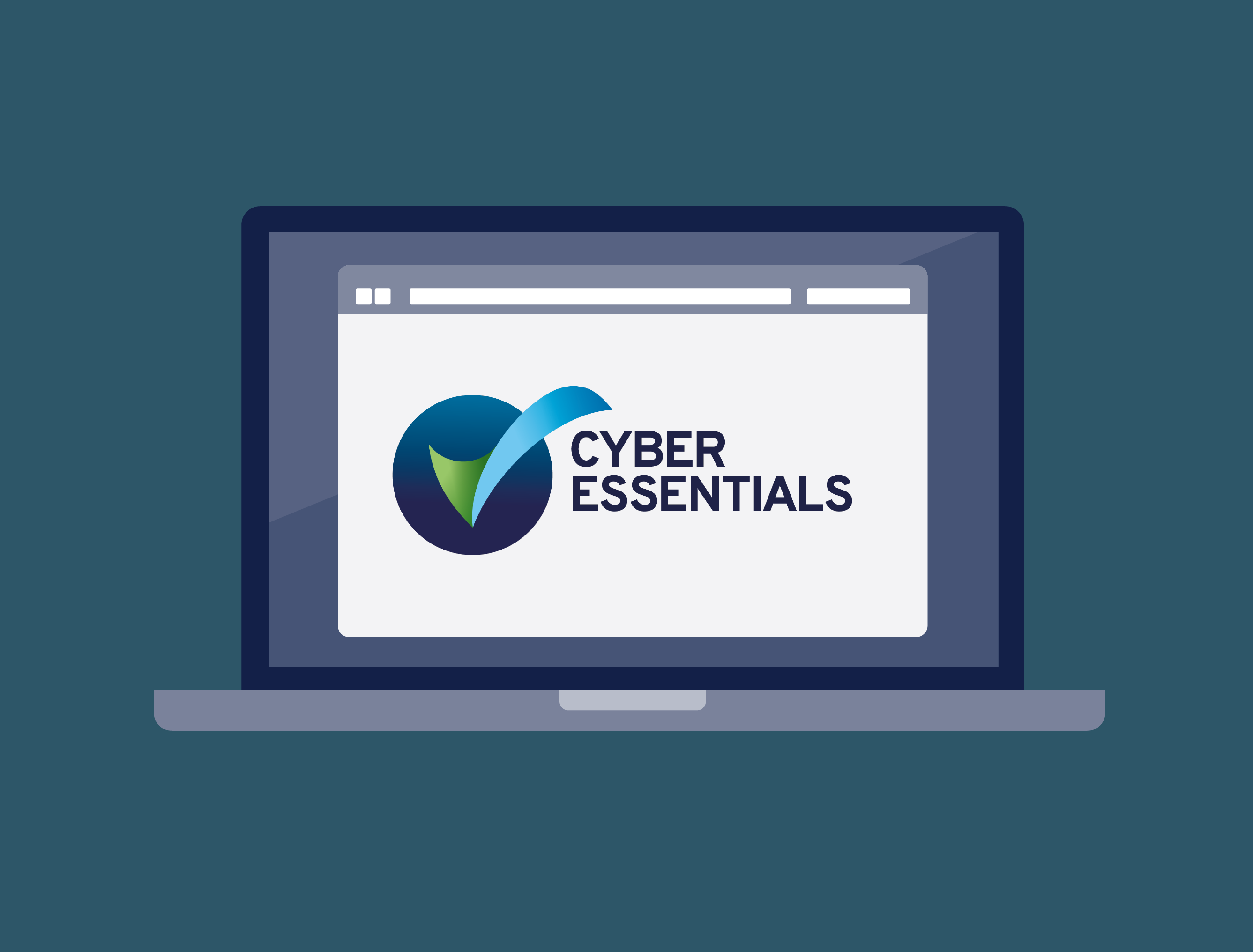The Importance of IT Support for Small Businesses
Many small businesses face the same struggles. Slow support, recurring issues, or systems that...
Ratcliff IT support small business in the London area, including Westminster, City of London, Camden and Islington.

Many small businesses face the same struggles. Slow support, recurring issues, or systems that...

When it comes to keeping your business running smoothly, few things are as important as having...

📅 Date: Thursday, 8th May 🕑 Time: 2:00 PM (BST) 💻 Location: Online (Free to attend)

Think about the last time an unplanned IT problem disrupted your business operations.

Running a business is a balancing act. You’re constantly managing growth, operations and security...

Aligning your technology with business goals isn’t always straightforward, even if you have an...

When it comes to IT support, there’s often confusion about the difference between IT services and...

Businesses rely on technology to operate efficiently, stay competitive, and adapt to changing...

In this article, we’ll explore ten key benefits of IT consulting services, drawing on real-life...

We've been in the IT industry for over 20 years at Ratcliff IT, and during that time, we’ve seen...

An IT consultant is your partner in managing and optimising the technology your business relies on...

Copyright © 2025 Ratcliff IT. All Rights Reserved
